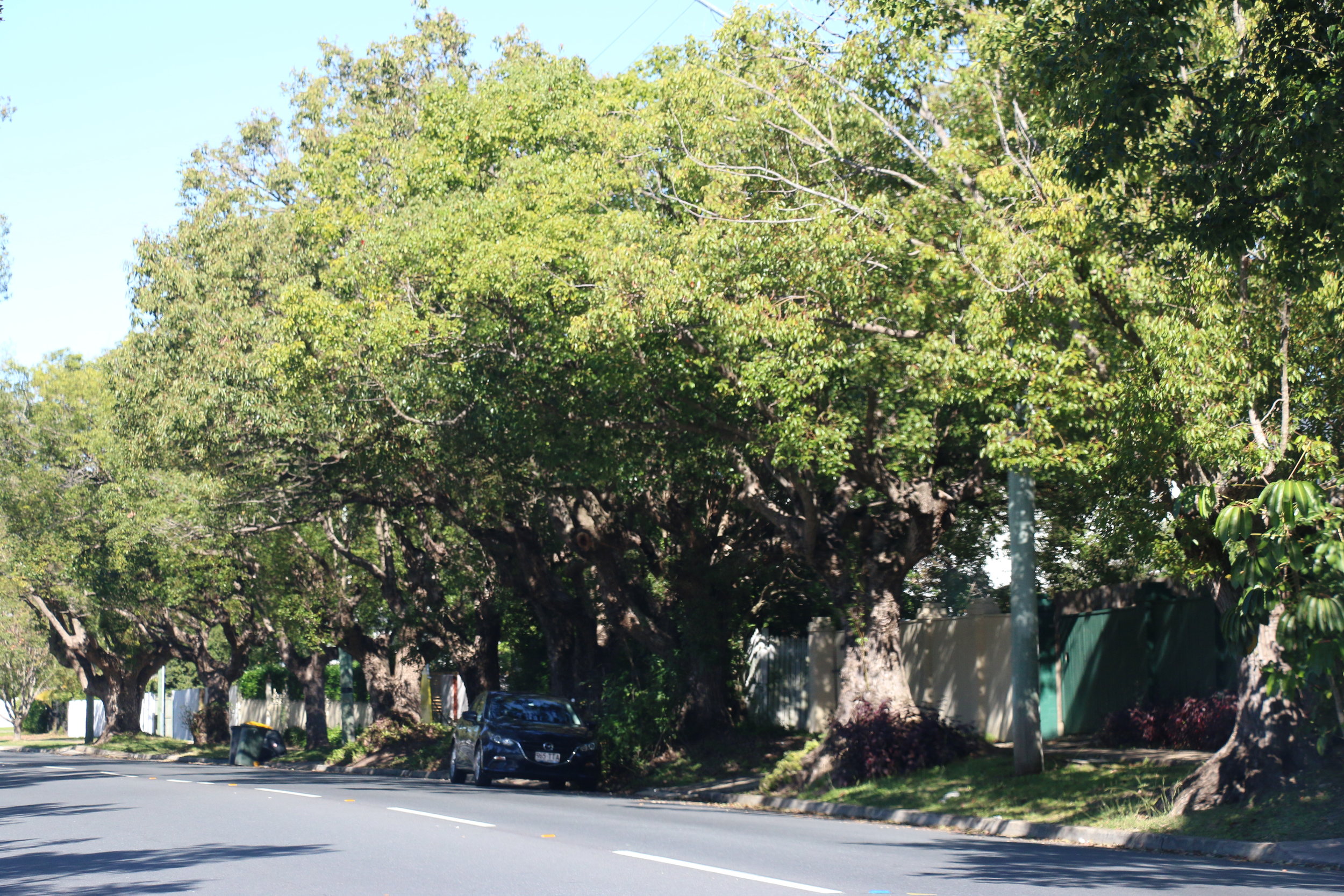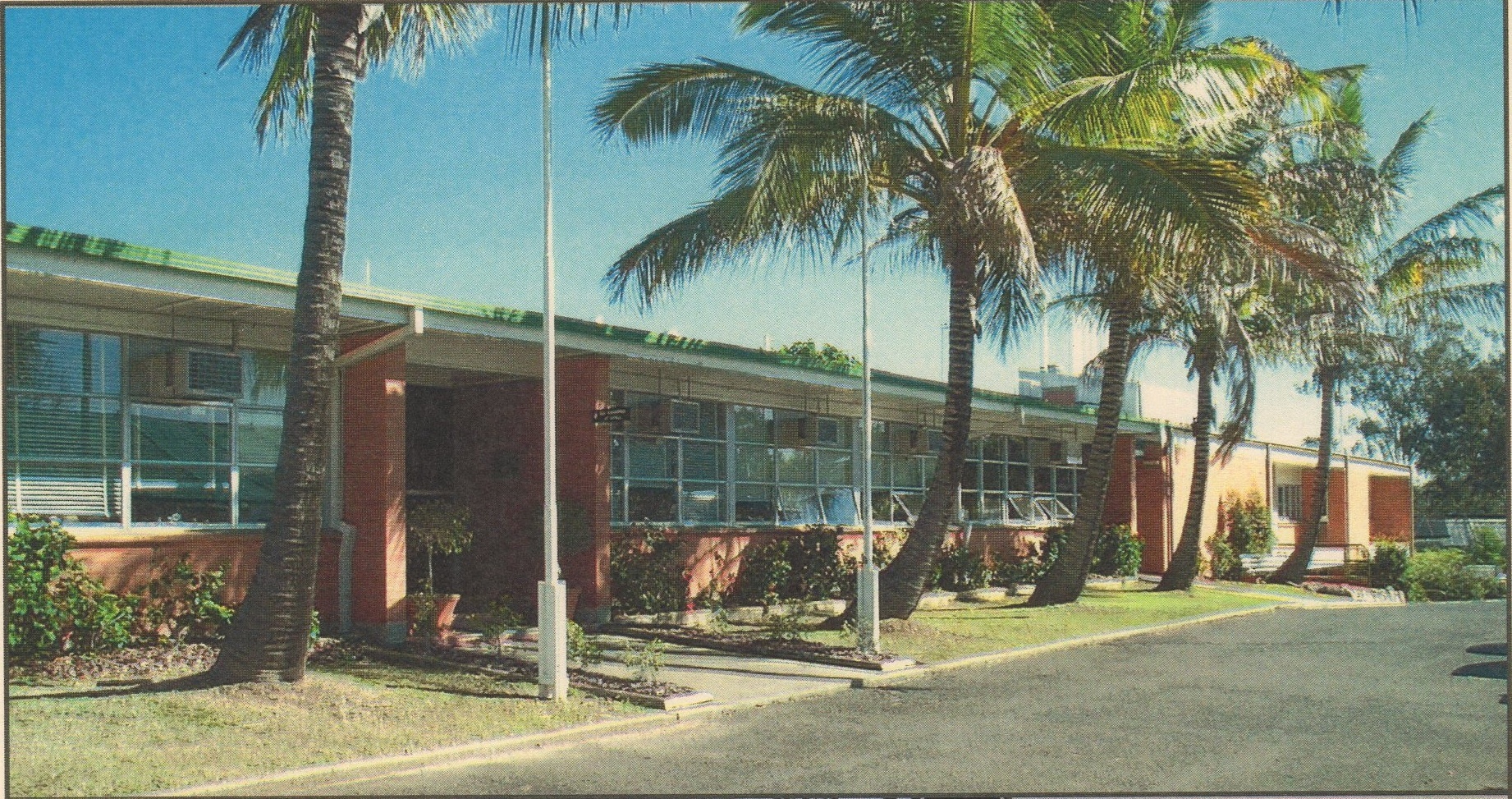Author // Georgina Auton, Place Graceville
Marion Mackenzie has been a local to the 4075 district since 1977.
20 years later, the Oxley-Chelmer History group formed to document the past of the local area because they felt like there was so much history they didn’t want to become lost.
Marion is now the Secretary of the group and has a huge amount of knowledge about the local area.
We spoke to her about the history behind some of the well-known streets in the area.
 The trees have grown up along Honour Avenue, Graceville.
The trees have grown up along Honour Avenue, Graceville.
Magazine Street, Sherwood
You would think that if this street was named after anything, there would have perhaps been a publishing house there.
Instead, Marion told us about the building that really gave the street its name.
“During the 1880s, before Federation when Queensland had its own defence force they had need to store ammunition,” Marion said.
“If they stored anything at Fort Lytton down near the mouth of the river it was likely to get wet.”
“So they looked around and decided to build a magazine storage facility at Sherwood on land that was high enough not to be flooded but close to the railway so that they could transport ammunition in and out.”
Eventually, the facility was no longer needed and became grazing land.
In the 1920s though, before it then became a testing facility to find a way to control the Prickly Pear Cactus which was rife in Queensland.
“Now there’s really no evidence left of the magazine storage or the research facility so it’s one of those little lost stories,” Marion said.
 Research Station on Magazine Street. Photo: OCHG
Research Station on Magazine Street. Photo: OCHG
Ferry Street, Sherwood
“This is a funny one because there was never a ferry there,” Marion said.
“I think there might have been a plan to put in a ferry to go across the river to go to Fig Tree Pocket but it never happened.”
Marion explained that people had their own rowboats to navigate the river from bank to bank when needed. The river was very important at the time, from the mouth of the river to Ipswich.
While there was no ferry at the end of Ferry street, there was a swimming pool in the 1920s that was installed by the Sherwood Shire Council.
“It was really just a fenced off area of the river with a little diving board, and the children used to walk from school to go swimming,” Marion said.
Honour Avenue, Graceville
“There are a number of Honour Avenue’s around the place and they’re mostly in memory of those who served in WWI,” Marion explained.
“For a long time we puzzled about when Honour Avenue, Graceville, actually became named Honour Avenue.”
A progress association at Chelmer request a name change from the Sherwood Shire Council during the war.
The council agreed, however the progress association didn’t plant the trees until after the war, and even then only planted them on one side and one small section of the street.
“It wasn’t until the 1970s a group of women decided that they wanted trees on the railway side as well and persuaded the council to allow that to happen…but they’re not the same trees,” Marion laughed.
Do you have any interesting stories or photos from the area that you think could help the Oxley-Chelmer History Group to piece together more history?
Contact ochginc@gmail.com
